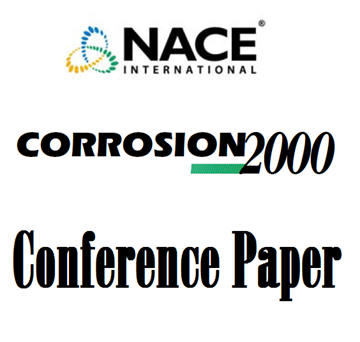Search
10391 Replacing Titanium in Sea Water Plate Heat Exchangers
Also Purchased
00691 EXPERIENCE WITH TITANIUM HEAT EXCHANGERS IN REFINERY SERVICES
Product Number:
51300-00691-SG
ISBN:
00691 2000 CP
Publication Date:
2000
$20.00
09078 Experience with Titanium Alloys for Oil and Gas Service
Product Number:
51300-09078-SG
ISBN:
09078 2009 CP
Publication Date:
2009
$20.00
00684 TITANIUM - PROVEN PERFORMANCE IN HYDROCARBON PROCESSING
Product Number:
51300-00684-SG
ISBN:
00684 2000 CP
$20.00
Recently viewed




